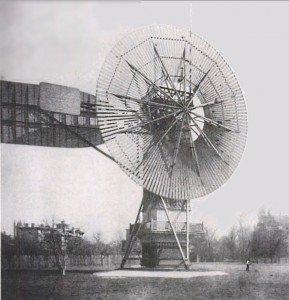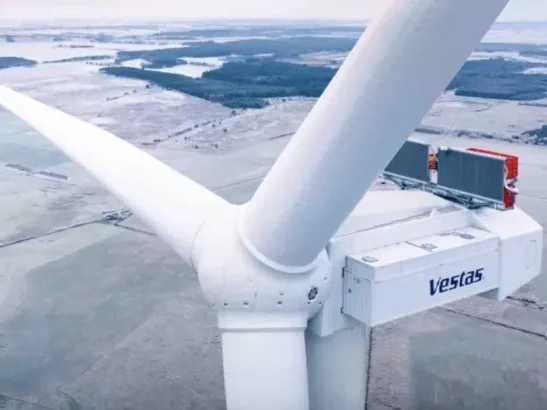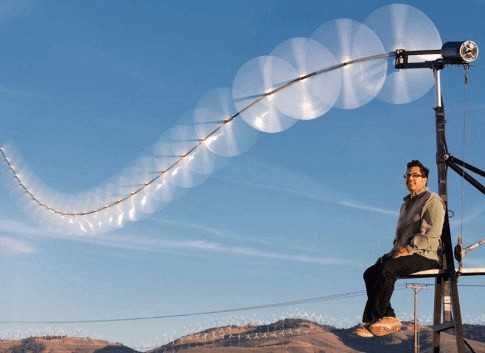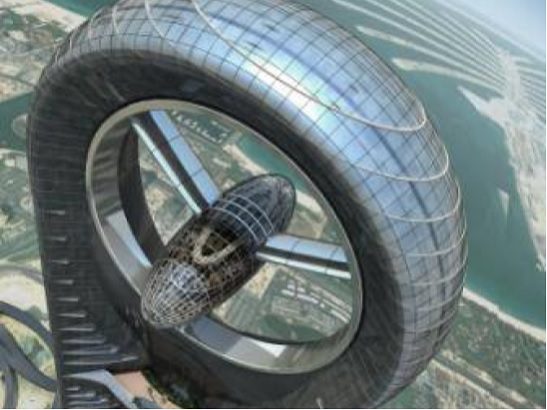How long ago was the world’s first successful wind-powered generator built? 30 years? 50 years? 100 years? Nope. Over 110 years ago, in 1890!
In the basement laboratory of his mansion in Cleveland, Ohio, United States of America, Charles Brush worked on plans that would produce the world’s first automatically operated wind turbine generator. When built in his 5 acre backyard, it charged his home’s 12 batteries; it was the first home in Cleveland to have any form of electricity. It was reported that over its 20 year life, the turbine never failed to keep the home continuously powered. The “Brush Windmill Dynamo” was featured in the December 20th 1890 edition of Scientific American, where it was hailed as the only “successful system of lighting operated by means of wind power”.
Charles Brush
It was 60 feet tall with a diameter of 56 feet, weighed 80,000 pounds and had a 12kW dynamo. Unlike today’s wind turbines, most commonly with three steel, streamlined blades protruding from a gear box at the top of a tall shaft that can be more than 200 feet high, Brush’s turbine used a fan-shaped wheel that contained 144 blades made of cedar “twisted like those of screw propellers” on a tower that stood 60 feet tall. The Scientific American article enthused: “Every contingency is provided for and the apparatus, from the huge wheel down to the current regulator, is entirely automatic.”
The wheel operated a pulley system connected to a dynamo, which generated electricity that flowed to 12 batteries in Brush’s basement. One turn of the wheel corresponded with 50 revolutions of the dynamo.
At capacity, the windmill generated about 1,200 watts of electricity, enough to illuminate the house and about 100 incandescent lights.
What about the man himself? Born in Cleveland in 1849, Brush was something of a child prodigy and displayed an aptitude for all things mechanical and a fascination with electricity. Graduating from the University of Michigan with a degree in mining engineering (there was as yet no such degree as electrical engineering) in the late 1860s, Brush worked in the iron-ore and pig iron business to earn enough to allow him to pursue his first love; his passion for all things electrical. He produced two linked inventions: an improved arc light (simpler, more reliable and easier to regulate than previous designs) and a more efficient, inexpensive dynamo to produce electricity to power the arc light. A public demonstration of these, in a Park in Cleveland in 1879 involved erecting twelve arc lamps in front of thousands of reporters and onlookers. When the lamps were switched on, suddenly illuminating the park with purplish light, it was said that the crowd gasped. The success of this event led to thousands of orders for his arc lamps. Within just a few years, more than six thousand Brush arc lamps were illuminating cities across the country. This led to success and fame, although by all accounts he was quiet and unassuming and did not seek publicity.
The Scientific American magazine threw down the challenge of harnessing wind power in a series of articles in 1883 saying: “The great question of all questions at the present day … is, how can we best turn to account the natural forces which are in play about us. It seems incomprehensible that such a ready and potent agent [as the wind] should escape practical use for completely as it does.” The magazine recognised the problem of the variable nature of wind, “sometimes furious, sometimes absolutely nothing and at all times unsteady and capricious.”
Despite Brush’s successful experiment with his backyard “Brush Windmill Dynamo” it could ne be practically replicated at that time on a wide scale. He never attempted to commercialize or even patent his wind power system. Brush dismantled the wooden sails in 1908, effectively ending the windmill’s career as a power generator and hooked his mansion into Cleveland’s coal-generated electricity grid.





